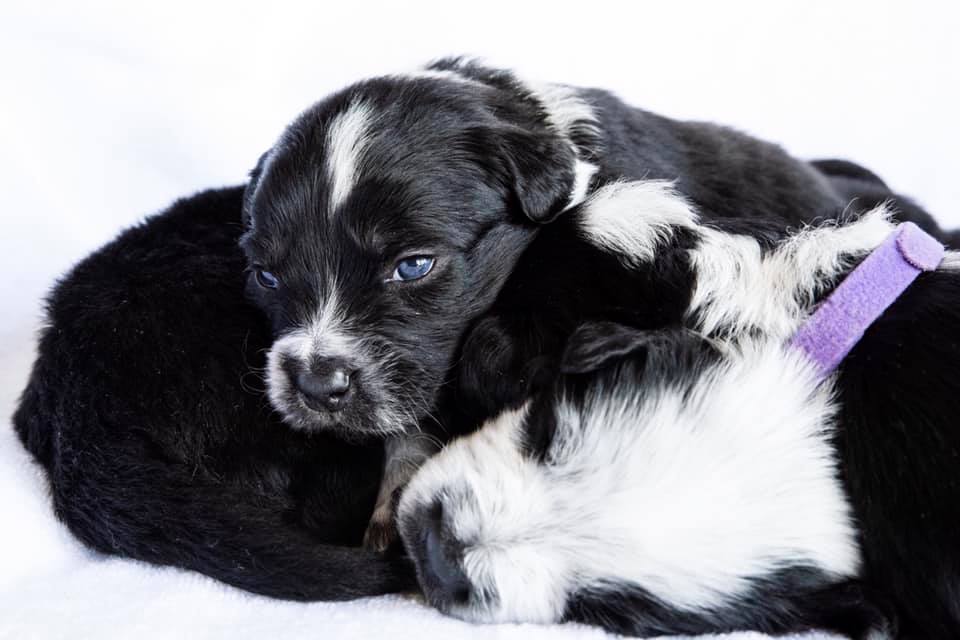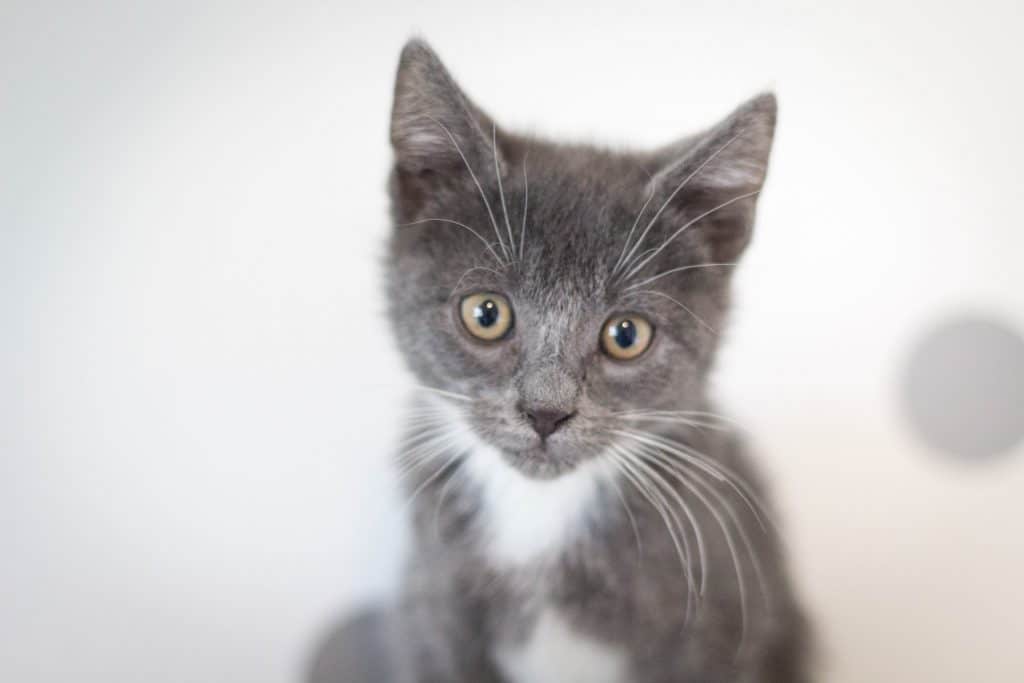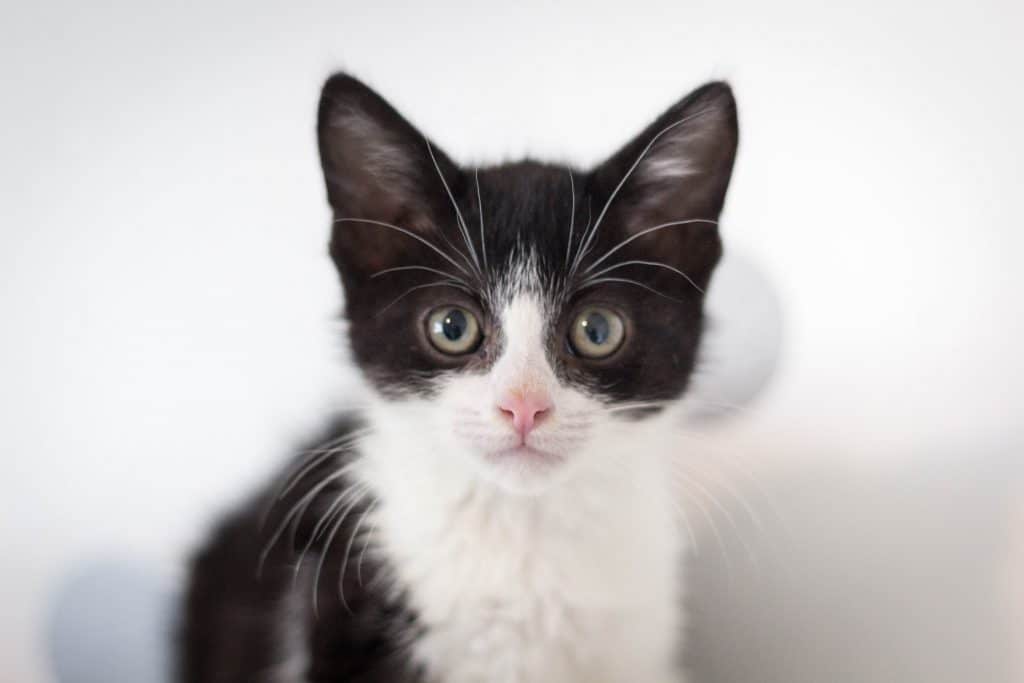



Make sure to listen to any instructions given at the time of picking up your pet. If there are any specialized instructions needed they will be given to you at that time along with any medications that go along with those instructions.
Below is some general information about the recovery process of healing from a spay/neuter surgery.
Recovery from spaying
A spay surgery is a very common procedure done on a regular basis by our veterinary staff. Despite how common the procedure it is, it can still be a shock to your dog’s system as their uterus, ovaries, and fallopian tubes are all surgically altered.
Recovery time can take between 10-14 days. During this time you should limit the activity of your pet as much as possible to allow time to heal. Make sure your dog is on a leash (even when in the backyard) to prevent running. Consider confining your pet to a room or crate while unsupervised to make sure they are not able to overexert themselves.
An Elizabethan collar or “pet cone” is recommended to make sure your pet is not able to harm her incision wounds by over-grooming or licking the area. This will prevent the majority of post-operation complications.
Recovery from neutering
Neuter surgeries are much less invasive and have a very quick recovery time- especially for puppies and kittens. You can expect your dog to behave as normal within a few days of the surgery.
Despite how unaffected your pet seems to be by this surgery it is important to make sure they have limited activity for at least 10 days to prevent the incision from opening.
An Elizabethan Collar or “pet cone” is recommended to prevent your pet from licking the surgery site and causing infection or complications in the area.
Possible concerns after a spay/neuter procedure
You can expect your pet to be groggy after the surgery. This tiredness can even last a day or two after the surgery itself. Symptoms that you should look for as they could be a sign of something serious are:
- Trouble breathing
- The incision gets very red or hot to the touch
- The incision reopens
- The incision area swells significantly or begins to ooze (mild swelling is normal)
- Fever
- Refusing to eat or drink more than one day after surgery
- Vomiting or diarrhea